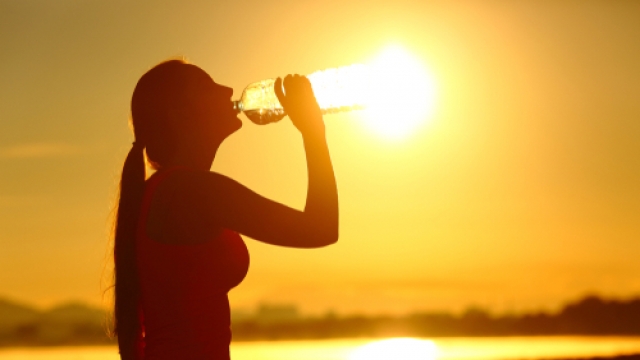Forecasters predict July could go down as the hottest month in recorded world history. With that in mind, it's essential to stay informed about the dangers of extreme heat and its potential impact on health.
Heat-related illnesses, such as heat exhaustion and heat stroke, are very common during the summer months, especially for those who work outdoors. With temperatures soaring well over 100 degrees Fahrenheit in many places across the United States, understanding the difference between the two conditions and knowing how to address them could be life-saving.
Heat exhaustion vs. heat stroke: The distinction
Heat exhaustion is a heat-related illness that's caused by prolonged exposure to high temperatures, often exacerbated by excessive physical activity or inadequate intake of fluids. While still potentially dangerous, it is considered a milder form of heat-related illness when compared to heat stroke.
Symptoms of heat exhaustion include excessive sweating, weakness and fatigue, nausea or vomiting, dizziness or lightheadedness, headache, cramping, clammy skin, and rapid heart rate.
Heat stroke, on the other hand, is a severe and potentially life-threatening condition that occurs when the body's internal temperature rises to a dangerous level. This can happen very quickly and is usually a result of prolonged exposure to high temperatures combined with dehydration.
Symptoms of heat stroke include: a body temperature typically at or above 104 degrees Fahrenheit, dry skin with little sweat, rapid and strong heartbeat, seizure, loss of consciousness, or difficulty breathing.
SEE MORE: Extreme heat, pollution doubles fatal heart attack risk, study says
How to address heat-related illnesses
While heat exhaustion and heat stroke tend to be interpreted as the same condition due to similar symptoms, they must be treated in different ways to prevent further complications.
For heat exhaustion:
- Move to a cooler place: Immediately find a shaded or air-conditioned area to rest and cool the body's internal temperature.
- Hydration: Drink plenty of fluids (including electrolytes), even if you don't feel thirsty. Avoid things like alcohol, coffee, soda and other beverages that can contribute to dehydration.
- Loosen clothing: Wear lightweight, loose-fitting clothing. Lighter-colored fabrics that reflect sunlight are optimal.
- Elevate feet: This improves blood flow to vital organs that may be impacted by heat exhaustion.
- Rest: Take breaks and allow the body to recover. Avoid prolonged, strenuous activities in high heat.
For heat stroke:
- Emergency response: Heat stroke is a medical emergency that requires immediate help.
- Move to cooler space: While waiting for help, move the affected person to a shaded or air-conditioned area.
- Lower body temperature: Use any means available to cool the body, such as applying ice packs or cold rags to the affected person.
- No fluids: Unlike heat exhaustion, a person experiencing heat stroke should not ingest additional fluids until medical personnel have arrived.
- Monitor vitals: Pay close attention to the affected person's breathing and heart rate while waiting for medical attention.
SEE MORE: 6 ways to cool down a room without air conditioning
Understanding and recognizing the differences between heat exhaustion and heat stroke is crucial for early prevention, intervention and treatment. Taking necessary precautions can also safeguard you and others from the dangers of heat-related illnesses in these scorching summer months.
Trending stories at Scrippsnews.com




